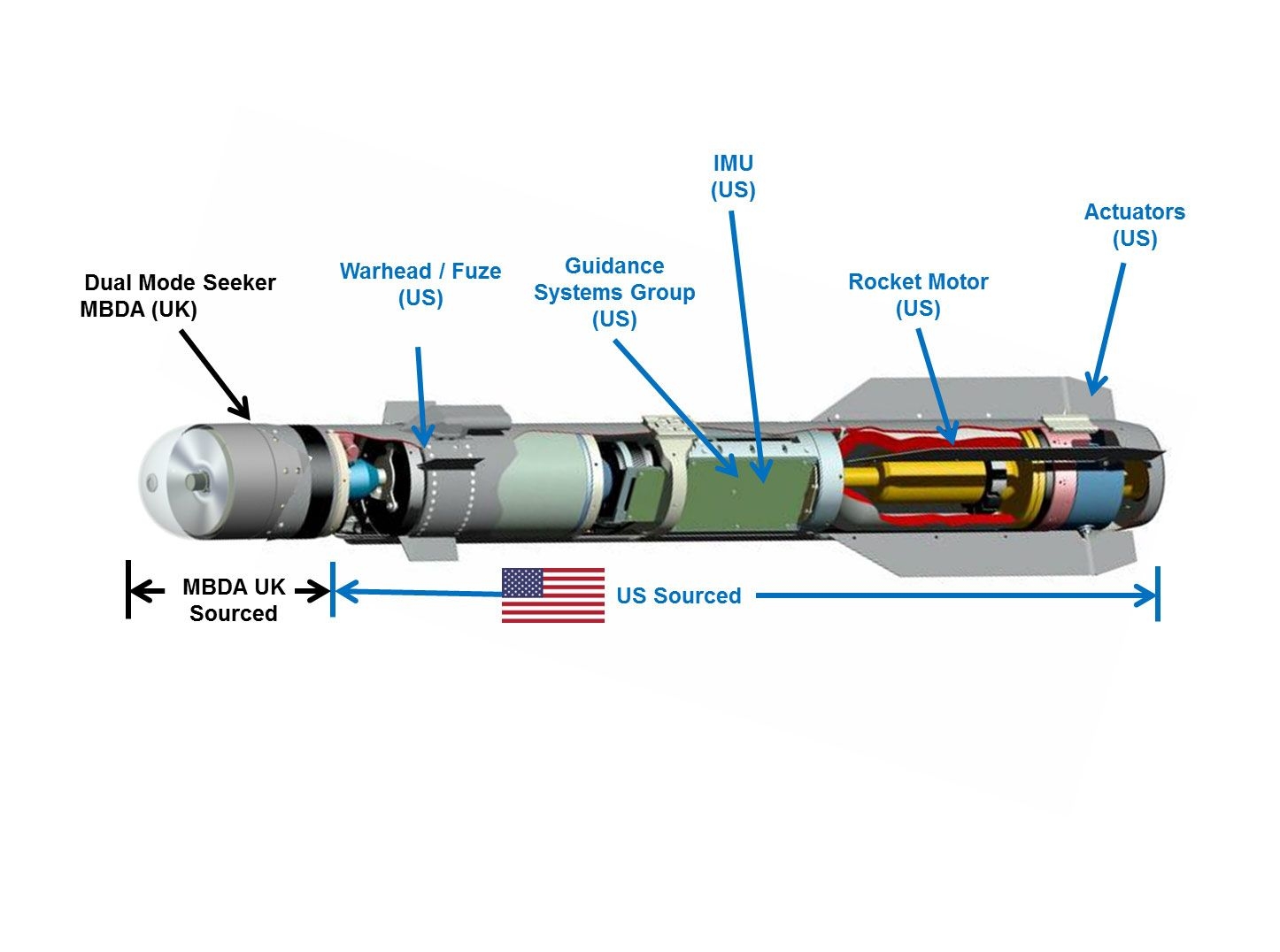Wireless power transfer (WPT), wireless power transmission, wireless energy transmission (WET), or electromagnetic power transfer is the transmission of electrical energy without wires as a physical link. In a wireless power transmission system, a transmitter device, driven by electric power from a power source, generates a time-varying electromagnetic field, which …
Read More »DARPA ENVision developing next-generation Night Vision Goggles (NVGs) which are compact, multi-band, and wide-FOV
For decades U.S. warfighters have benefitted from advanced night-vision technology, allowing pilots to fly low-level missions on pitch-black nights and ground forces to conduct operations against adversaries in the dark. Traditional Night Vision Goggle (NVG) systems provide the wearer with enhanced visibility in low-light conditions by exploiting the natural near-infrared …
Read More »DARPA thrust on Machine Learning Applied to Military Radiofrequency applications
US considers the Electromagnetic domain that is the electromagnetic spectrum portion of the information environment as a domain of Warfare. Assured access to the RF portion of the electromagnetic spectrum is critical to communications, radar sensing, command and control, time transfer, and geo-location and therefore for conducting military operations. The …
Read More »DARPA OFFSET developing offensive swarm tactics with hundreds of drones and ground robots for diverse missions in complex urban environments
Artificial intelligence is being employed in a plethora of defense applications including novel weaponry development, command and control of military operations, logistics and maintenance optimization, and force training and sustainment. AI also enhances of autonomy of unmanned Air, Ground, and Underwater vehicles. It is also assisting in new concepts of …
Read More »Software Defined Radio (SDR) standards for commercial and Military
A radio is any kind of device that wirelessly transmits or receives signals in the radio frequency (RF) part of the electromagnetic spectrum to facilitate the communication or transfer of information. In today’s world, radios exist in a multitude of items such as cell phones, computers, car door openers, vehicles, …
Read More »DARPA plans Laser-based wireless power transmission network on Battlefield
Wireless power transfer (WPT), wireless power transmission, wireless energy transmission (WET), or electromagnetic power transfer is the transmission of electrical energy without wires as a physical link. In a wireless power transmission system, a transmitter device, driven by electric power from a power source, generates a time-varying electromagnetic field, which …
Read More »Robots rapidly advancing from assistants, to becoming our close companions to replacing us and merging with us as Robot-human hybrids
A robot, is any automatically operated machine that replaces human effort, though it may not resemble human beings in appearance or perform functions in a humanlike manner. A robot is a machine—especially one programmable by a computer—capable of carrying out a complex series of actions automatically. A robot can be …
Read More »Artificial-Intelligence Race among Countries to strengthen economy, solve societal challenge and transform industries
Artificial intelligence (AI) term was coined by John McCarthy, defined it as “the science and engineering of making intelligent machines”. The field was founded on the claim that a central property of humans, intelligence can be so precisely described that a machine can be made to simulate it. The general …
Read More »Missile RF seekers being improved through Electronically steering, millimeter wave seekers, and Automatic Target Recognition (ATR) technology
In recent years, precision guided weapons play more and more important role in modern war. One of the greatest strengths of a precision strike missile is a reduction in the number of aircraft sorties required to destroy a target. One of the key contributors to the missile accuracy, lethality, and …
Read More »Missile Guidance
Missile guidance concerns the method by which the missile receives its commands to move along a certain path to reach a target. On some missiles, these commands are generated internally by the missile computer autopilot. On others, the commands are transmitted to the missile by some external source. The missile …
Read More » International Defense Security & Technology Your trusted Source for News, Research and Analysis
International Defense Security & Technology Your trusted Source for News, Research and Analysis







